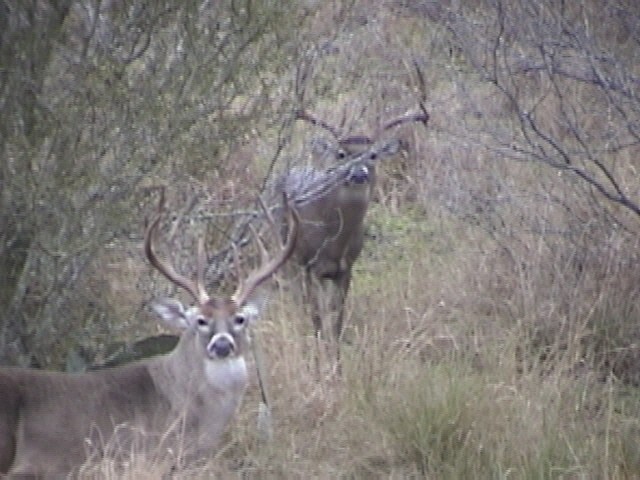More than 1.1 million hunters take aim at Texas wild game species in each. Ninety percent fo those hunters are state residents. So while hunting is more popular among rural Texans, more than 600,000 hunters trade urban sprawl for the great outdoors on an annual basis. The U.S. Fish and Wildlife Service estimates that hunting is worth $2.2 billion annually to the Texas economy, so it looks like hunting is big business.
On average, each hunter spends $1,984 to hunt over an average of 13 days each year. And white-tailed deer are the most popular target, and an increasing target for folks interested in wildlife management. From big spenders who pay thousands for a guided trophy buck hunt to weekend hunters looking for a fat whitetail doe for the freezer, two-thirds of hunters in Texas head out in search of white-tailed deer.
Texas Parks and Wildlife Department (TPWD) estimates 63% of those hunters hit their target so to speak last winter, racking up a white-tailed harvest of almost 620,000 deer during the 2008-09 hunting season. It was also the most successful for white-tailed deer hunters this decade, and the busiest in terms of deer hunters taking to the field.
But in addition to hunting success, the quality of Texas deer is improving thanks to wildlife management efforts that have intensified during the past 25 years. These habitat management techniques have improved the whitetail health and antler quality.
“The most successful managers plan for drought years,” says Mitch Lockwood, TPWD’s white-tailed deer program leader. “The number-one question for the better managers is ‘how many deer can my land support under the worst conditions?’”
Lockwood also stated that the fawn crop this year is better than it would have been 20 years ago, before landowners were seriously managing for wildlife. He also agreed that ranch breeding programs have changed the dynamics of trophy deer hunting by making large whitetail bucks far more common.
In fact, Dr. Mickey Hellickson, chief wildlife biologist on the King Ranch, says the market for trophy whitetail buck hunts remains strong throughout this economic downturn. But he cautions that the forces of supply and demand, combined with the troubled economy, are catching up with the hunting industry.
“Generally speaking, the demand for commercial packaged hunts has dropped off a little bit, and management buck hunts, which thin the herds of less desirable deer, to a lesser degree,” Hellickson says. “We still have a waiting list for the more exclusive high-end deer hunts.”
While the King Ranch has a large commercial deer hunting operation, many ranch owners allow hunting on their lands not so much to turn a profit as to offset their taxes and other operational costs. Some high-intensity places even choose to remove livestock, opting for habitat management and the wildlife exemption. For those who maintain herds for hunting, feed costs can be huge, Lockwood says.
“Tens of thousands of dollars in annual feeding costs is the norm for ranches of a couple of thousand acres,” he says. And hunting fees rarely recoup the cost of the high fences many ranchers build to contain deer herds. “To net the most money, a landowner needs the least overhead — no feed, no high fence,” Lockwood says.
But netting the most money and consistently raising the biggest deer may be conflicting goals. For some, it’s a question of bragging rights — who has the biggest white-tailed deer. So no matter how you slice it, the economic impact of white-tailed deer hunting in Texas is big, just like the bucks.
